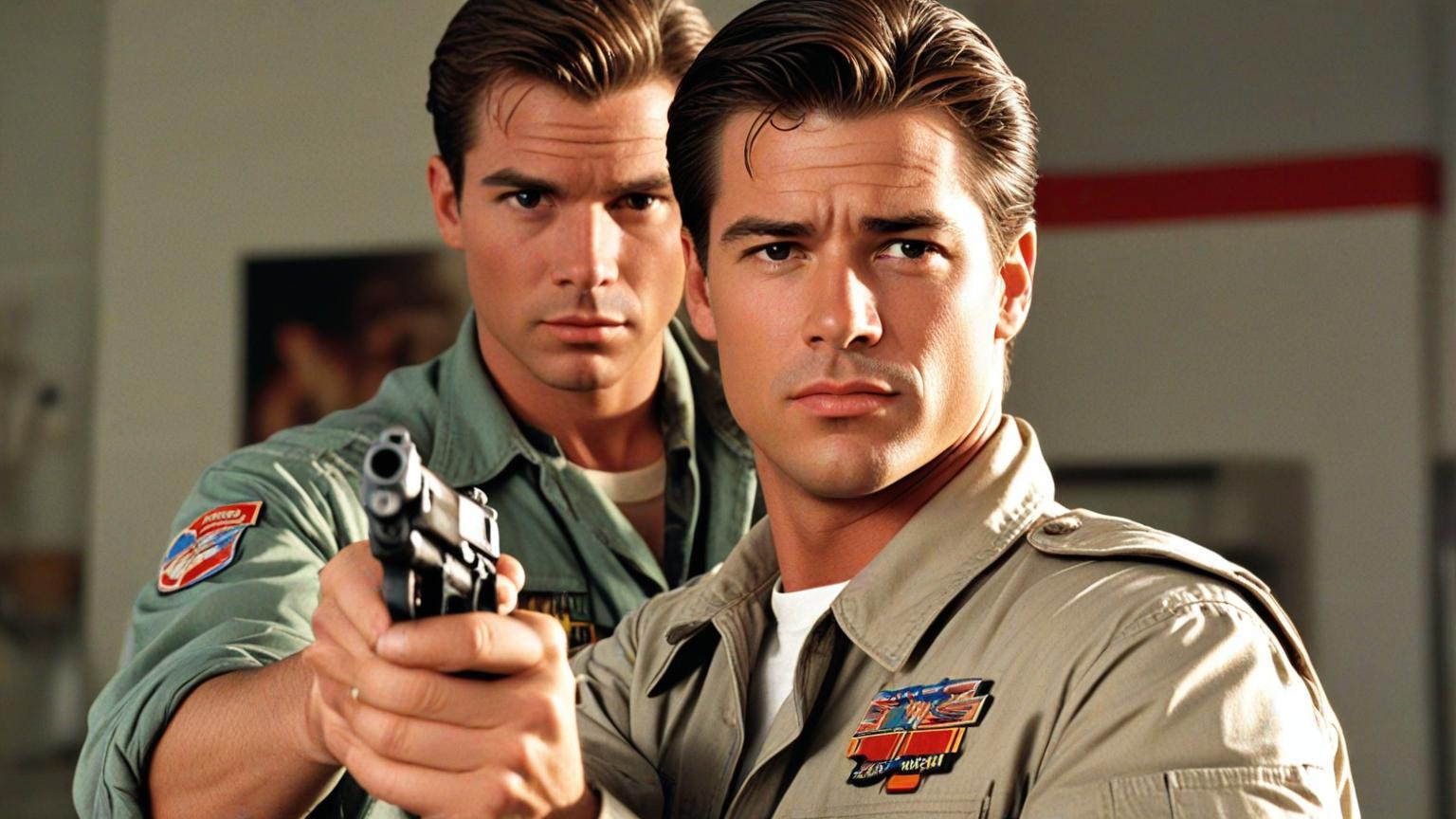In the dizzying world of cinema, hardly a day goes by without the remaking, rebooting, or revamping of some beloved classic. However, not long ago, a quiet storm was gathering strength, heralding a noticeable shift: the genuine resurrection of nostalgic cinema. Unlike simple remakes, this resurgence focuses on capturing the essence of the original works while presenting them in a manner that is both reverent and fresh. This is about more than just a return to familiar stories; it’s about the emotional weight and cultural significance these films carry.
In recent years, movies like 'Top Gun: Maverick,' 'Ghostbusters: Afterlife,' and 'Blade Runner 2049' have hit theaters, prompting audiences to revisit old favorites and discover them anew. These films don't just piggyback on their predecessors' legacy. They walk a tightrope, balancing homage with innovation. Their success can be attributed to the meticulous care taken to ensure authenticity, from bringing back original cast members to investing in high-caliber scripts that expand on the story and add layers to the original mythos.
Conversations with audiences reveal a craving for this nostalgia. Viewers aren't just looking for storytelling; they're seeking connections to their past. Films of this type serve as cultural touchstones, bridging generations and inviting younger viewers who may have missed the originals. Moreover, these movies offer prime examples of how to attract audiences with something familiar while intricately crafting a story that feels entirely fresh.
Diving into why this phenomenon happens requires a look back at the evolution of film-watching as an experience. Technology has undeniably changed the landscape. Streaming platforms have turbocharged access to older films, providing a backdrop that fuels this nostalgia-driven market. Yet, despite the convenience of binge-watching older classics in the comfort of one's home, cinema's resurgence emphasizes the communal experience of theaters - the shared gasps, laughs, and trails of tears that you just can't get from a screen at home.
Behind the scenes, filmmakers engage in a balancing act. There’s the inherent risk of alienating both puritanical fans of the original and newer audiences unfamiliar with the basis of the nostalgia. Successfully navigating this complex landscape means understanding the finer points of both the art form and the audience's expectations. These aren’t just films; they’re blueprints in managing change, serving as fascinating case studies into how past creatives conceived worlds that audiences are not ready to let go of.
Critical acclaim has also played a significant role in this trend. Critics have often praised these films not simply for their adherence to and exploration of the original storylines, but for their fresh takes that introduce complex new narratives. One could argue that this positive critical reception is part of what motivates both studios and audiences to invest their time and emotion into these projects.
Even the most stalwart supporters of recent nostalgic revivals have noticed that they offer social commentary reflective of today's concerns, challenging audiences to evaluate their world through timeless stories. This method makes the work contemporary without dismissing the sanctity of the original. Such films not only provide entertainment but deliver thoughtful meditation on the overlap between nostalgia and progress.
Finally, the financial angle cannot be ignored. In a world where box office numbers are king, films with built-in fan bases represent a relatively safer bet, especially when shutdowns and uncertainties have thrown budgets into chaos and timelines into disarray. While some critics may view this as a risk-averse embrace of the past, many filmmakers argue that it's a testament to how art can evolve while staying true to its roots.
As we peer into the horizon of cinema's future, one thing is clear: the past is alive and not just as dusty archives. Nostalgic cinema is commanding attention, not as relics but as continuations of grand narratives. So, what does this all mean for the future of storytelling? It’s perhaps a reminder that every story holds a treasure. Like pieces of a puzzle, they fit into the greater narrative of human existence - one that continues to evolve, inspire, and evoke memories as vivid as the images on the screen.
Exploring the unexpected resurgence of nostalgic cinema

